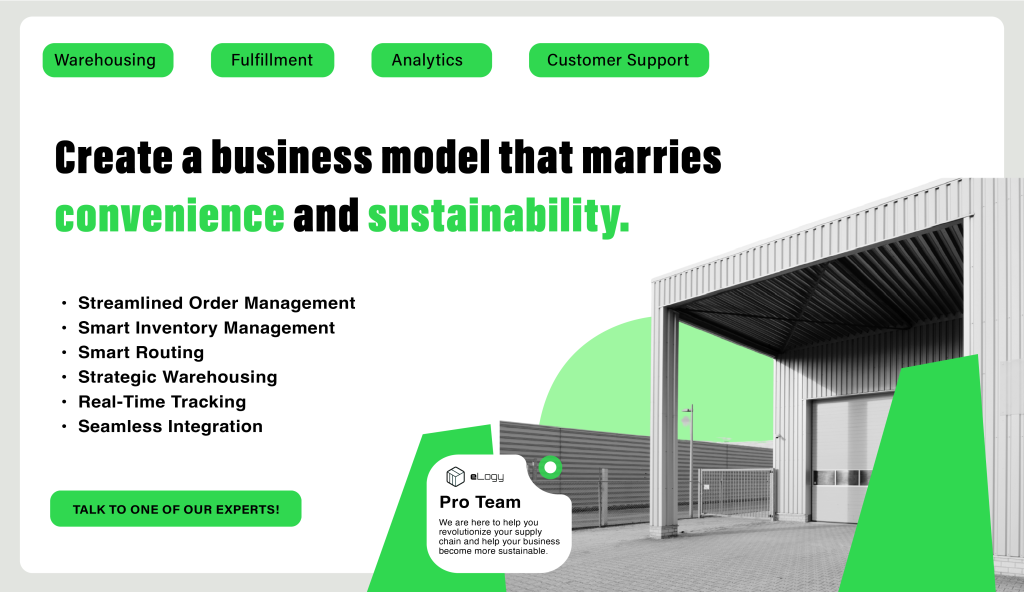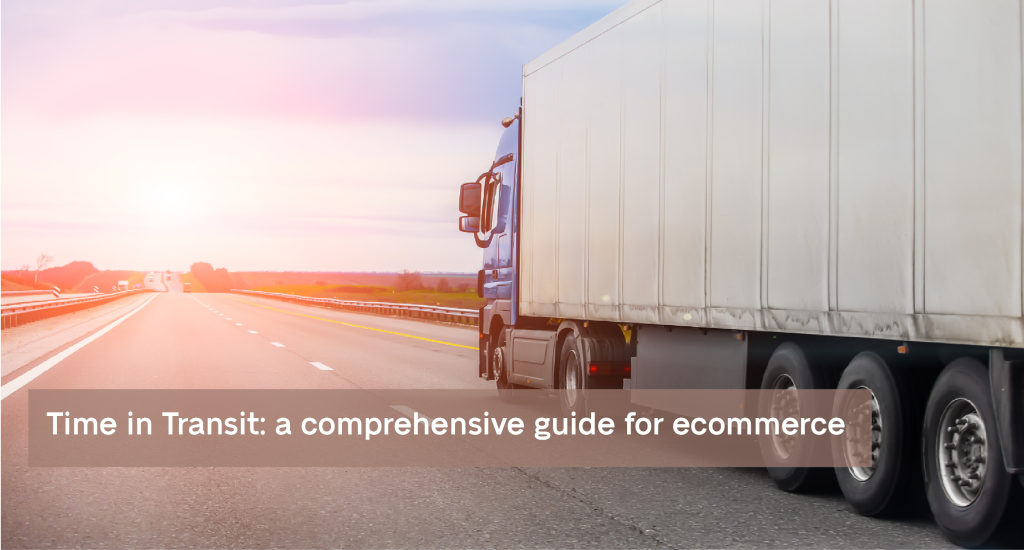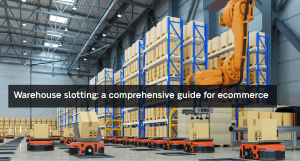When do you rate an online store as unreliable? Many people would answer that an unreliable ecommerce is one that is unable to ensure a proper delivery process. Reliability for ecommerce is primarily determined by the ability to maintain delivery promises, and is the number one factor to concentrate on and strengthen to grow online. Interestingly, reliability and time in transit are directly connected. If one slows down, the other is likely to be affected. In this article, we will explore how improving Time in Transit can enhance your ecommerce reliability, thereby boosting customer satisfaction and leading to significant cost savings.
What exactly is “Time in Transit”?
In logistics, Time in Transit refers to the total duration of transporting a package from its origin (e.g., warehouse or distribution centre) to the final destination (typically a customer’s home). Time in Transit can vary depending on several factors, like warehouse efficiency, shipping routes, transport mode and availability, delays, and any intermediate steps required (e.g., stops or transfers).
What is the difference between Transit Time and Transport Time?
Transit Time encompasses the entire duration of moving the shipment from point A (origin) to point B (its destination), including all phases such as picking and packing or stops the vehicle has to take, whereas Transport Time only refers to the time when the shipment is actively being moved, excluding all other processes.
How does reducing Time in Transit impact online businesses?
Fast-growing brands often discover that their transit times are particularly slow. This often derives from supply chain inefficiencies, which must promptly be addressed to reap significant benefits. Efficiently managing the transit process – in other words reducing Transit Time as much as possible – involves several steps, which are interconnected. And it all starts from optimal and strategic inventory distribution.
Time in Transit and consumer expectations
The concept is pretty straightforward: delivering orders fast to make clients happy. As Transit Time increases, negative reviews start to multiply. You can find proof of this fact on many ecommerce stores’ review sections. Positive reviews contain keywords like “quick”, “fast”, “timely”, whereas the negative ones have words like “slow”, “late”, “wrong”, “wait too long”.
Creating more satisfying consumer experiences should be the goal of every online business and optimally managing time in transit is critical in doing so. With this in mind, you will maintain a competitive edge in the market. Relying on efficient logistics and a solid fulfillment network is essential to achieve such goals, while simultaneously reducing the costs tied to the effort. Third party logistics providers have their own network and technology, specifically developed to reduce transit times and shipping costs, thanks to a more efficient shipping process.
Time in Transit challenges
- Customs clearance: International shipments are often delayed due to long bureaucratic clearance processes, particularly if there are issues with documentation or item descriptions.
- Operational inefficiencies: Poor warehouse management, inefficient routing, and delays in picking and packing are major contributors to longer transit times.
- Distance and route complexity: Longer distances and more complex routes with multiple stops or transfers can increase transit times and the risk of delays.
- Infrastructure issues: inadequate transportation infrastructure is an obstacle for efficient delivery.
- Technology lack: lack of tracking systems, poor communication, or outdated warehouse management systems often delay shipments.
Creating a business model that marries convenience and sustainability
Technological advancements in the fulfillment and logistics industry provide ecommerce merchants with tools to reach customers faster and more efficiently. However, there is an underlying conflict between consumers’ expectation to receive orders as fast as possible and their desire for more sustainable shopping.
eLogy has developed an effective strategy for businesses to be able to balance both aspects, creating a business model that marries convenience and sustainability.

1. Inventory Distribution
Positioning inventory close to key markets is a strategic starting point that will directly influence all subsequent stages of fulfillment. With products stocked closer to customers, distance and delivery times are reduced. This is obtained because vehicles spend less time on the road for delivery and have therefore less chances of being delayed. Less time on the road also means decreasing vehicle carbon emissions and associated shipping costs.
2. Order management system
Once inventory is strategically positioned, the next step is leveraging the potential of an automated order management system, which allows for fast order processing from the different sales channels, thus initiating the fulfillment process timely in the warehouse. This system is designed to reduce the time needed to process and prepare orders for shipment, moving products more quickly for delivery.
3. Automatic best carrier selection
Once orders are ready to be shipped, eLogy’s system chooses the fastest and most convenient carrier for each order. This aspect is important to reduce both shipping costs and transit times.
4. Optimised route planning
Strategic and optimised route planning technology is a system that works with real-time access to essential data like distance, traffic conditions, and new delivery requests. This allows carriers to avoid delays, unnecessary stops, and reduce expenses tied to extra delivery attempts, delays, and fuel charges. These components ensure timely and sustainable delivery.
5. Optimised vehicle capacity
Effective route planning also maximises vehicle capacity by organising deliveries along the most efficient routes. This makes sure that vehicles are used to their full potential, reducing the number of trips required.
6. Real-time tracking
Monitoring each stage of the fulfillment process further enhances operations by providing visibility across the different stages for a smoother delivery. In particular, it allows businesses to address delays or issues that might arise during transit or operations. Finally, real-time tracking systems improve communication and information sharing among different departments. This data gathered from the system is fundamental to better manage orders, plan future inventory distribution strategies, analyse order and delivery patterns, costs, transit times, and other metrics useful for businesses to constantly refine their processes.
Reducing Time in Transit has a positive impact on long term environmental and business sustainability, as it minimises the time vehicles spend on the road and consequently the environmental harm of deliveries, as well as their costs. Every business should focus on reducing their carbon footprint, also in view of the fact that many more consumers expect solutions that don’t harm the environment. But as mentioned, modern day consumer expectations like same-day or next-day home delivery are extremely polluting and create conflicting priorities for merchants. Our business model is aimed at balancing both needs effectively!





